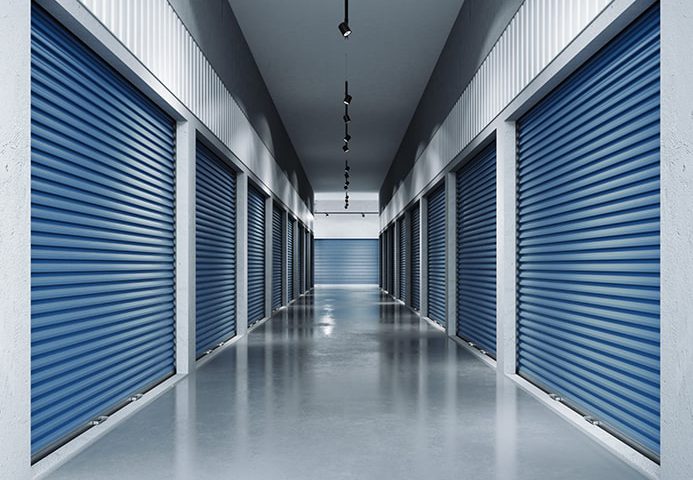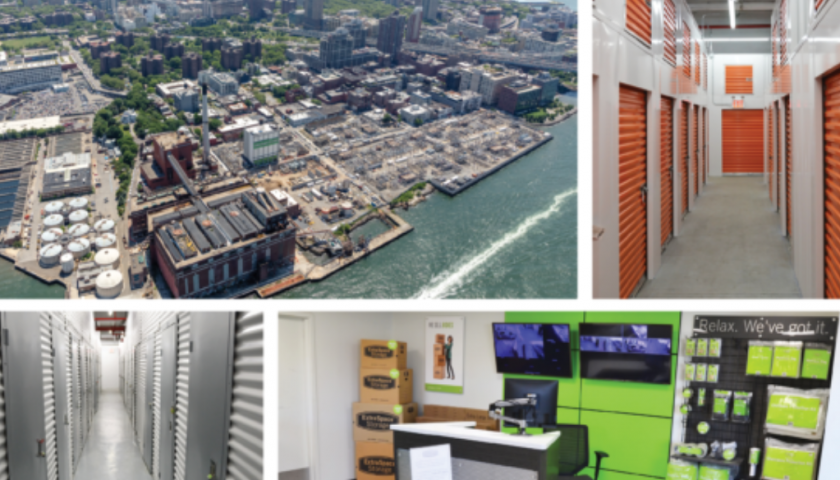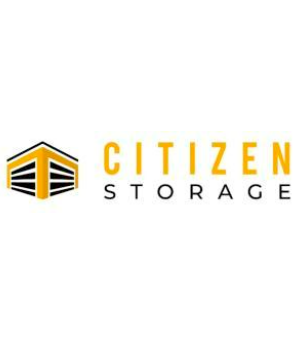The self storage industry has transformed over the last decade with acquisition volume increasing by more than 35x since 2011 – annual acquisition volume in 2011 totaled approximately $508 million and is expected to reach $18 billion for the year 2021. The resiliency, stable cash flow and low CapEx requirements continue to draw real estate investors to self storage, but more than anything, investors have recognized its relative value versus other real estate asset classes. As stabilized cap rates in the multifamily and industrial sectors compress to historic lows (below 3% in some cases), investors look toward alternative real estate assets like self storage in search of yield. Much like an influx of storage customer demand has fueled occupancy and rental rates at the property-level, this influx in investor demand has given sellers more pricing power and driven cap rates to record lows.
For the year 2021, self storage acquisition volume in the U.S. is expected to reach $18 billion. Much of this volume comes from a few large transactions, but the total number of transactions has also reached a record high. For self storage owners, this is excellent news – a more robust and efficient marketplace of capital equates to (1) property value appreciation driven by high investor demand (2) less volatility in the value of your assets and (3) more readily available liquidity when it comes time to sell.
The competitive buyer-seller marketplace that has evolved within the self storage sector has also produced more consistent investor underwriting standards. So, how are investors currently evaluating acquisition opportunities? Historically, self storage has been a “show me the cash flow” property type. Meaning that buyers were largely focused on trailing income and current occupancy. Today, investors are more focused on go-forward projected income, even for well-leased properties, looking at what the “stabilized” cap rate will be in two to three years with maximized rental rates and “market” operating expenses and property tax assumptions.
The recent transactions that our team at JLL has been involved with have seen buyers generally underwriting to stabilized cap rates in the low-to-mid 5% range for high quality well-located properties, with cap rates significantly lower in some cases, especially for larger scale portfolios. If you’re interested where your property or portfolio would price in the market today, please do not hesitate to reach out.
Steve Mellon
JLL





